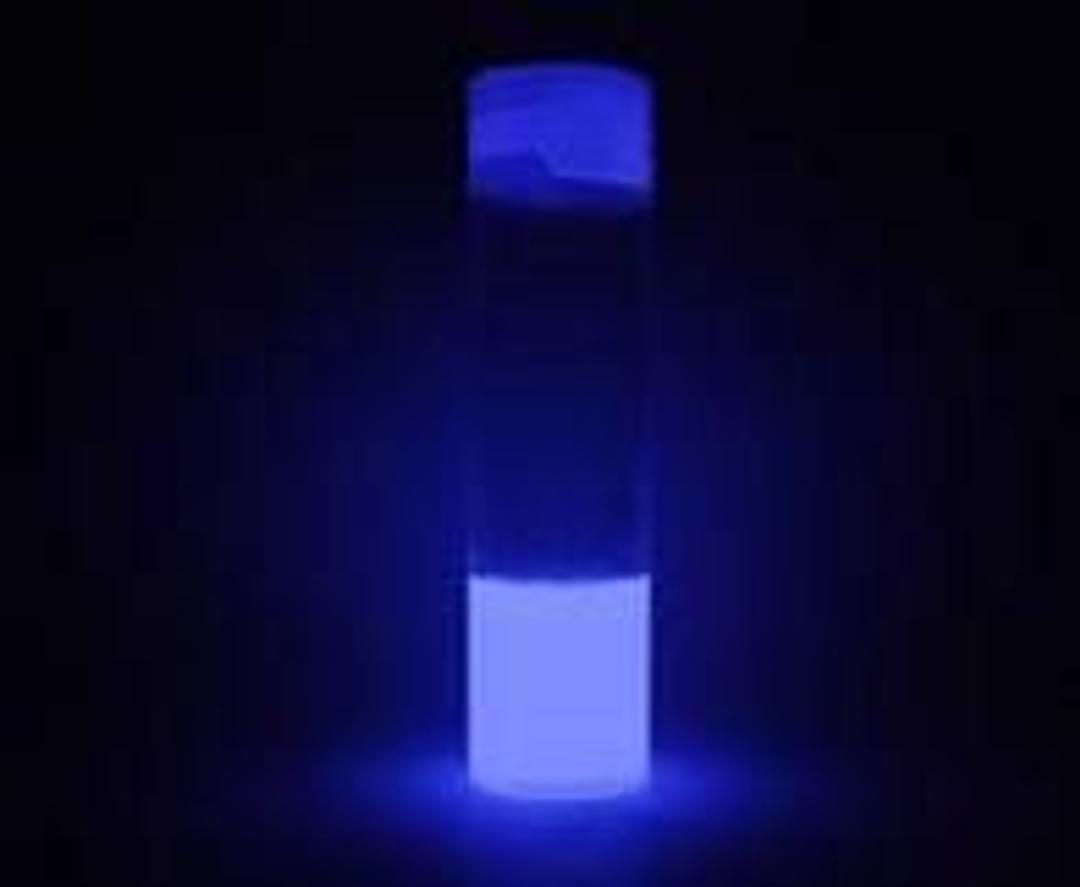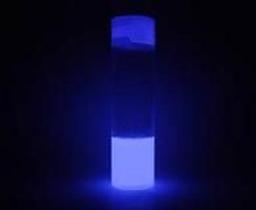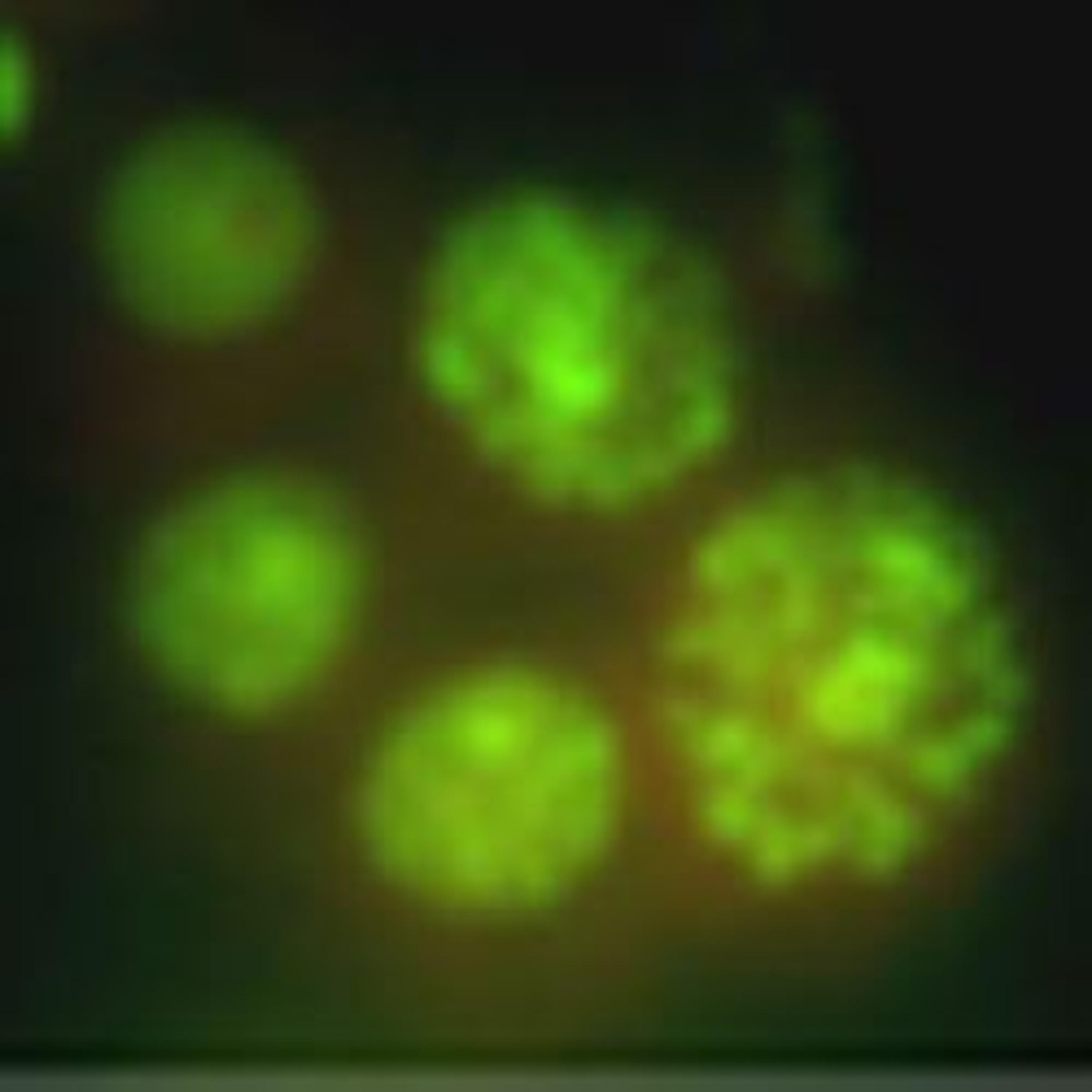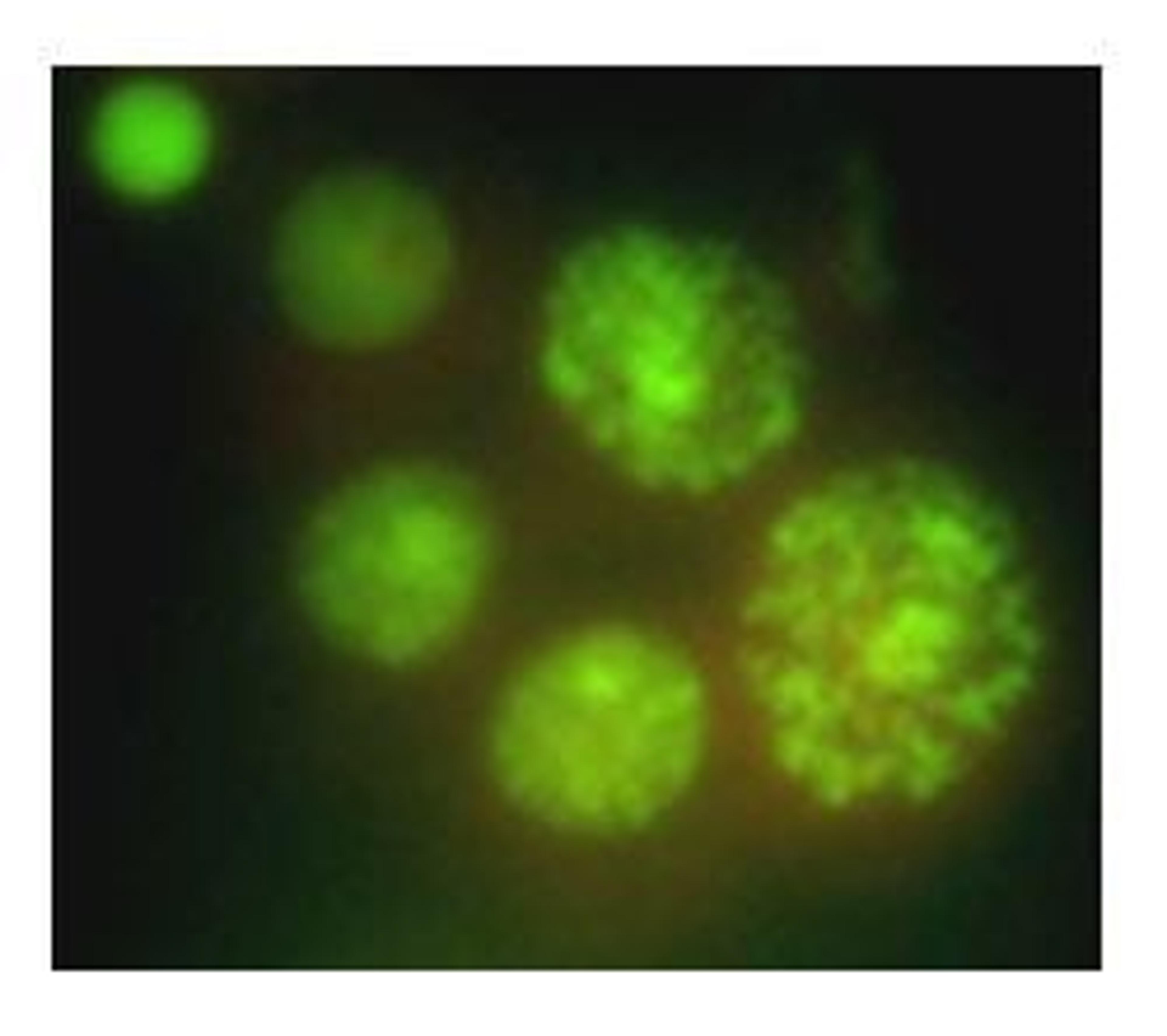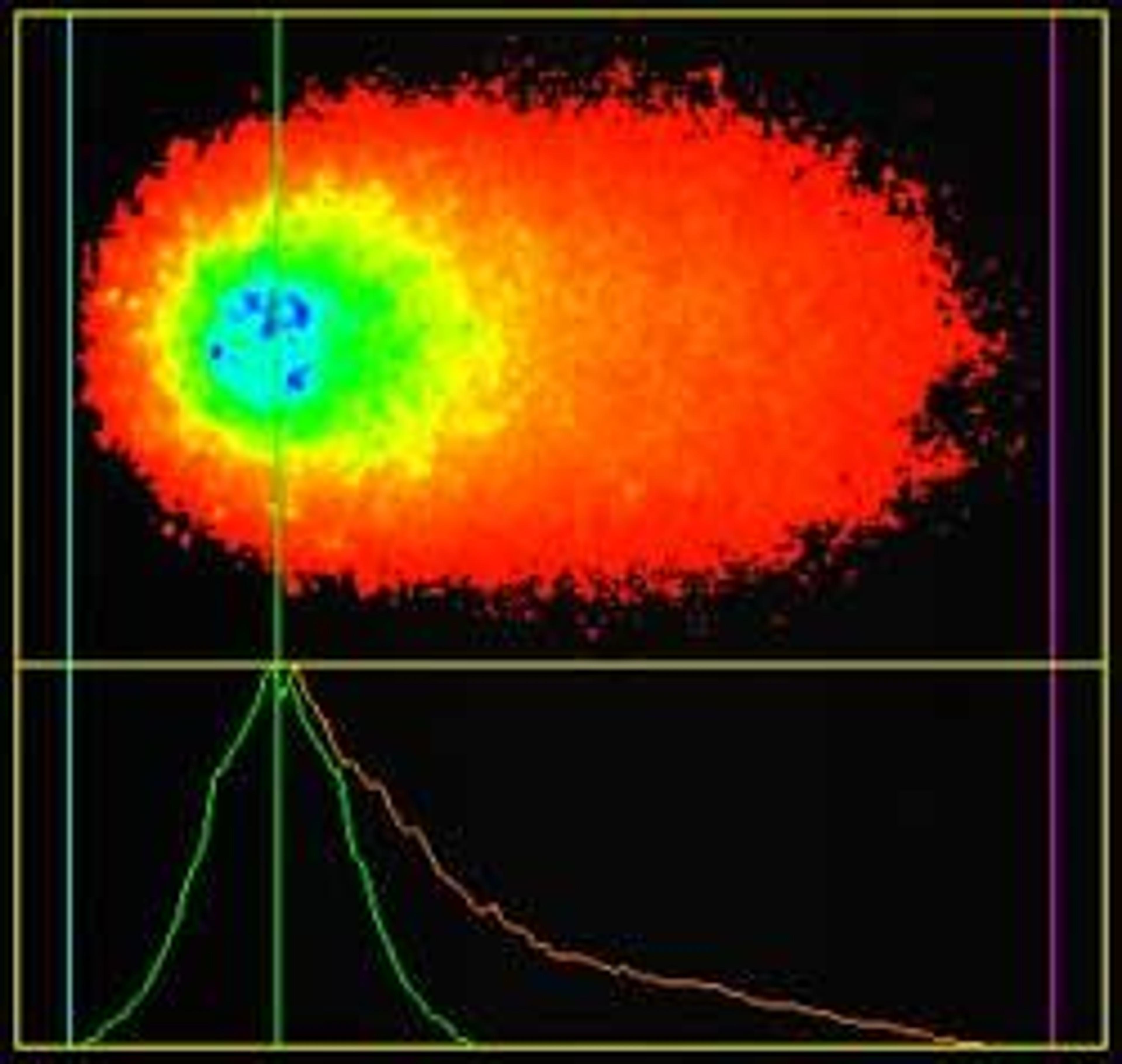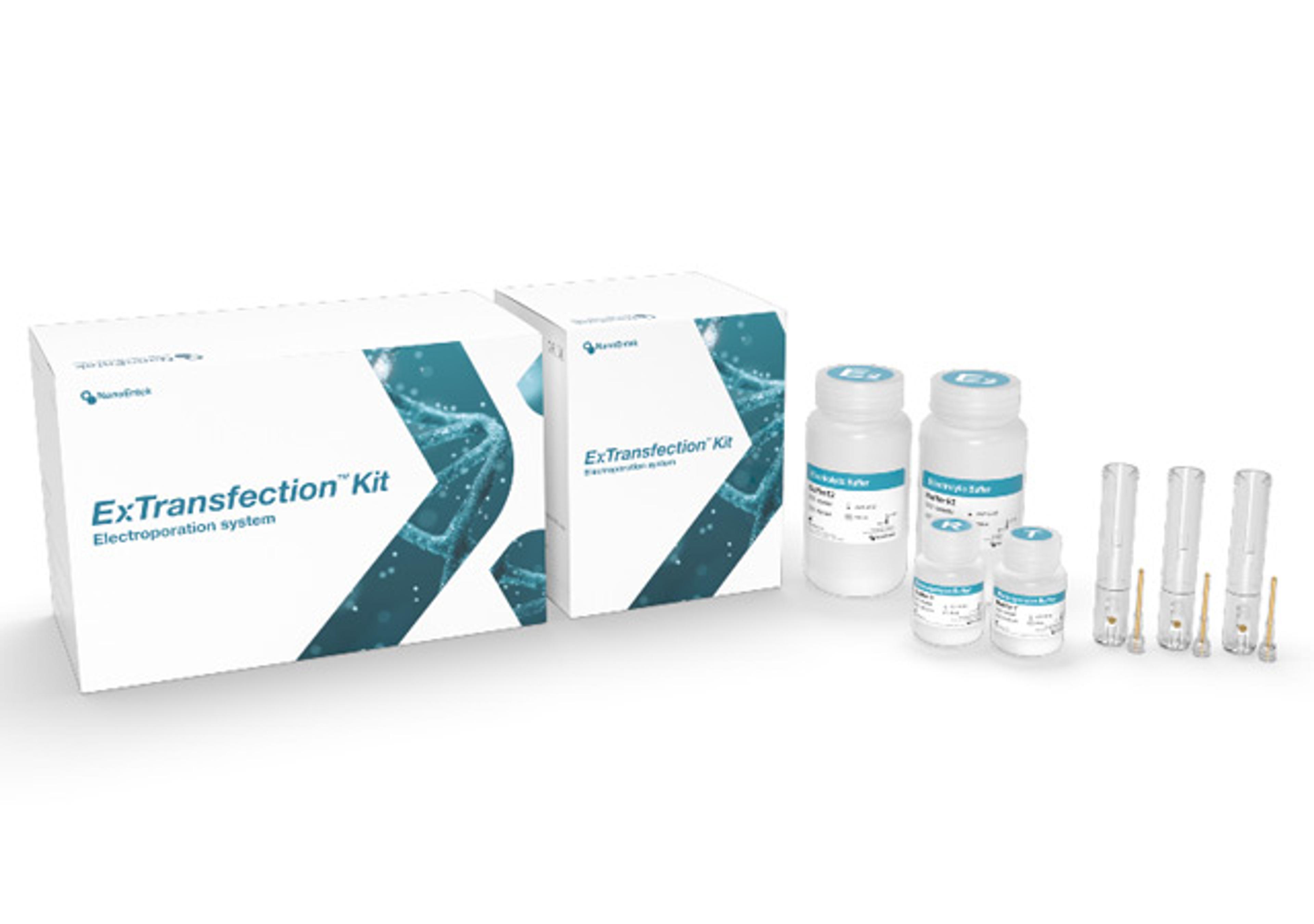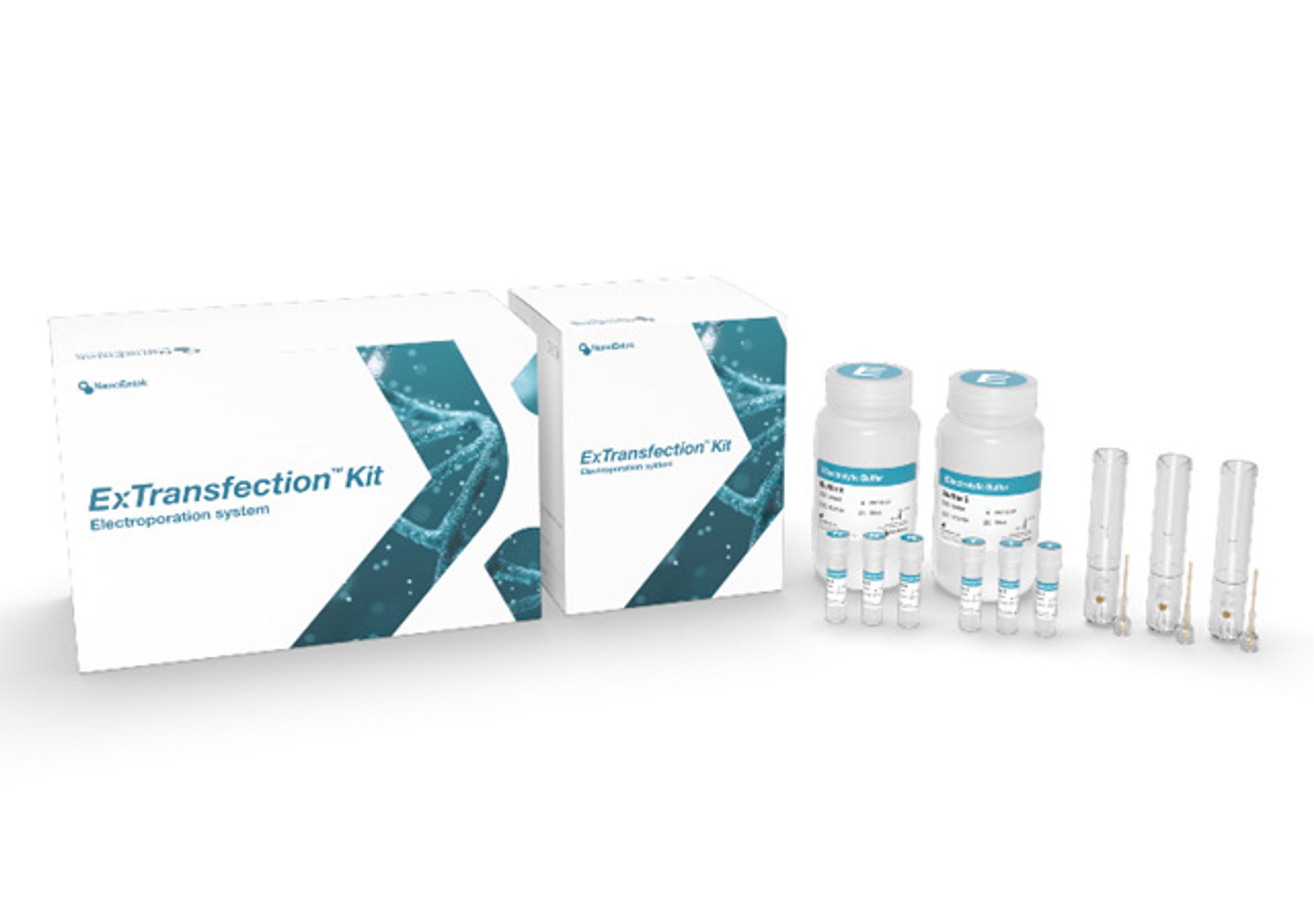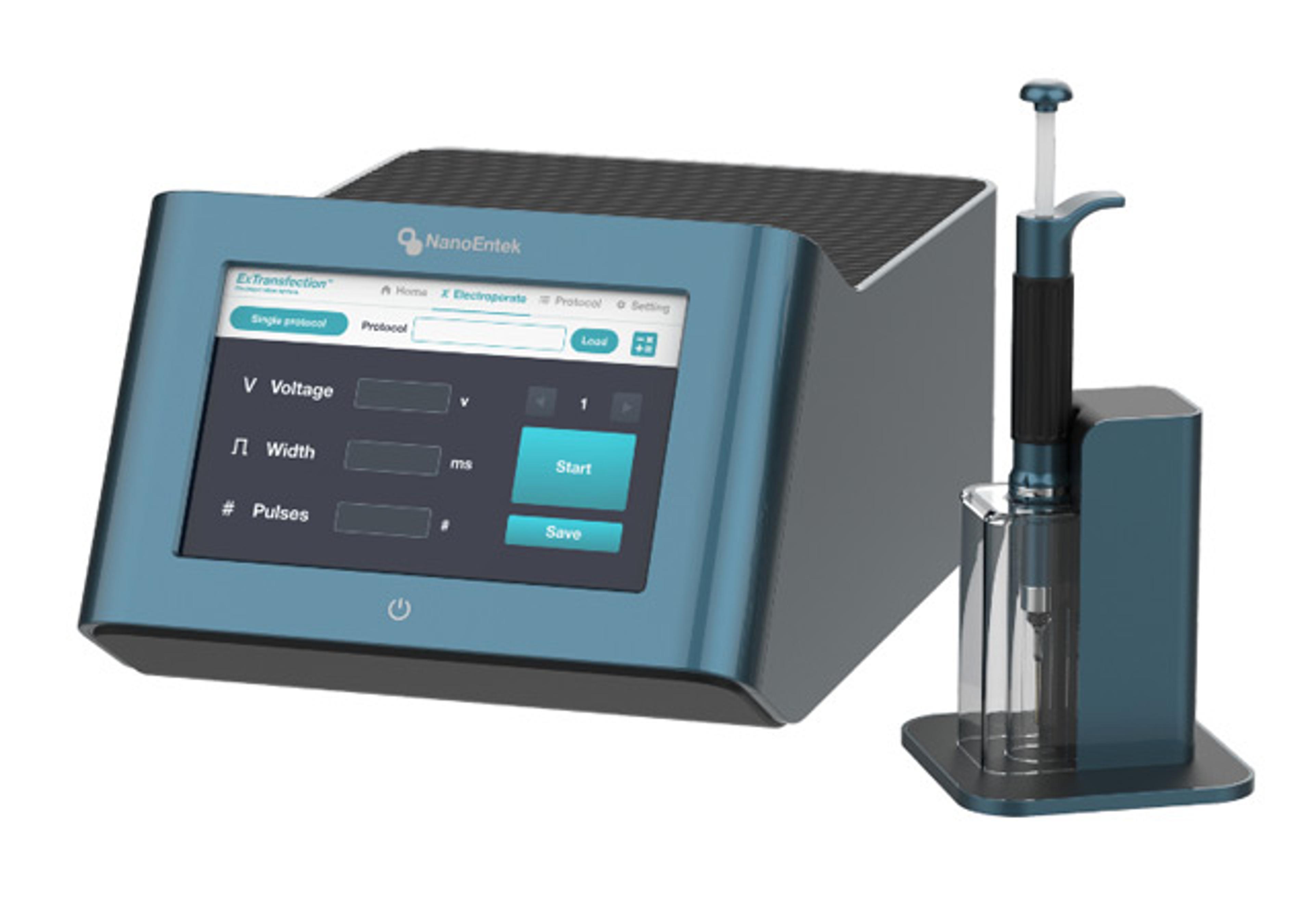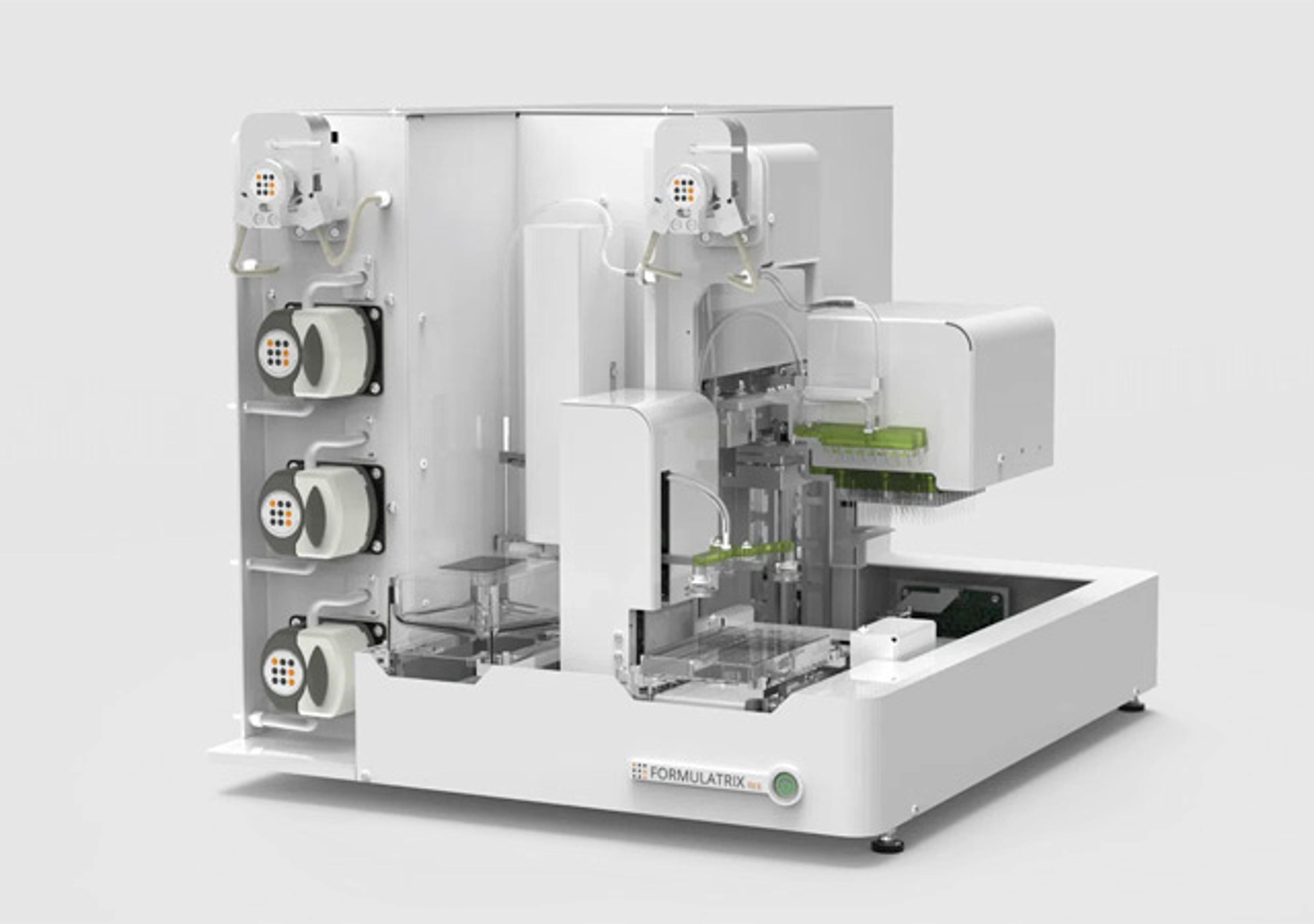BlueScreen HC: The luminescent adaptation of GreenScreen
BlueScreen HC is based on the fast, accurate GreenScreen HC genotoxicity assay from Gentronix Ltd. BlueScreen HC uses the same human-derived, p53-competent TK6 cells to host a patented reporter system that exploits the proper regulation of the GADD45a gene. However, in place of GFP, BlueScreen HC utilizes a luciferase from the marine copepod Gaussia princeps to generate a luminescent output. The BlueScreen luminescent assa…

The supplier does not provide quotations for this product through SelectScience. You can search for similar products in our Product Directory.
BlueScreen HC is based on the fast, accurate GreenScreen HC genotoxicity assay from Gentronix Ltd.
BlueScreen HC uses the same human-derived, p53-competent TK6 cells to host a patented reporter system that exploits the proper regulation of the GADD45a gene. However, in place of GFP, BlueScreen HC utilizes a luciferase from the marine copepod Gaussia princeps to generate a luminescent output.
The BlueScreen luminescent assay delivers both high specificity and high sensitivity and detects all common mechanistic classes of genotoxin, just like GreenScreen HC. The 96-well microplate format of BlueScreen is rapid to set up and results are generated after 48 hours’ incubation. A single microplate is sufficient for the simultaneous testing of 8 compounds and the protocol is readily automated using standard laboratory equipment. The superior signal-to-noise ratio makes it more suitable for adaptation to even higher throughput screening in 384-well format. The BlueScreen luminescent output also circumnavigates issues of test compound autofluorescence.
Key Principles of BlueScreen:
GADD45a plays an important role in mediating the adaptive response to genotoxic stress. The patented system incorporates complex regulatory elements to enable a faithful GADD45a response. The assay generates positive results for direct-acting mutagens, clastogens, as well as aneugens, and topoisomerase and polymerase inhibitors. Importantly, correct negative results are produced for non-carcinogens, many of which give misleading positive results in other in vitro genotoxicity tests. A metabolic activation protocol using rodent S9 liver extract extends the range of compounds detected to include genotoxic metabolites.
Bluescreen Assay Protocol:
BlueScreen HC uses a single cell strain, which permits 8 compounds to be tested across 8 dilutions (2-fold serial), together with untreated and positive controls, in one 96-well microplate. After arraying test compounds and dilutions, growing cells are added to each well. For studies without S9 metabolic activation data are collected after incubation (48h) using a multimode microplate reader. For studies incorporating S9 metabolic activation, cells are washed after a 3h incubation with test compound and S9. Measurements are made by microplate reader after a further 45h incubation period. Simple software gives automated decisions and a clear graphical output, including a complimentary indication of cytotoxicity (RCD).

